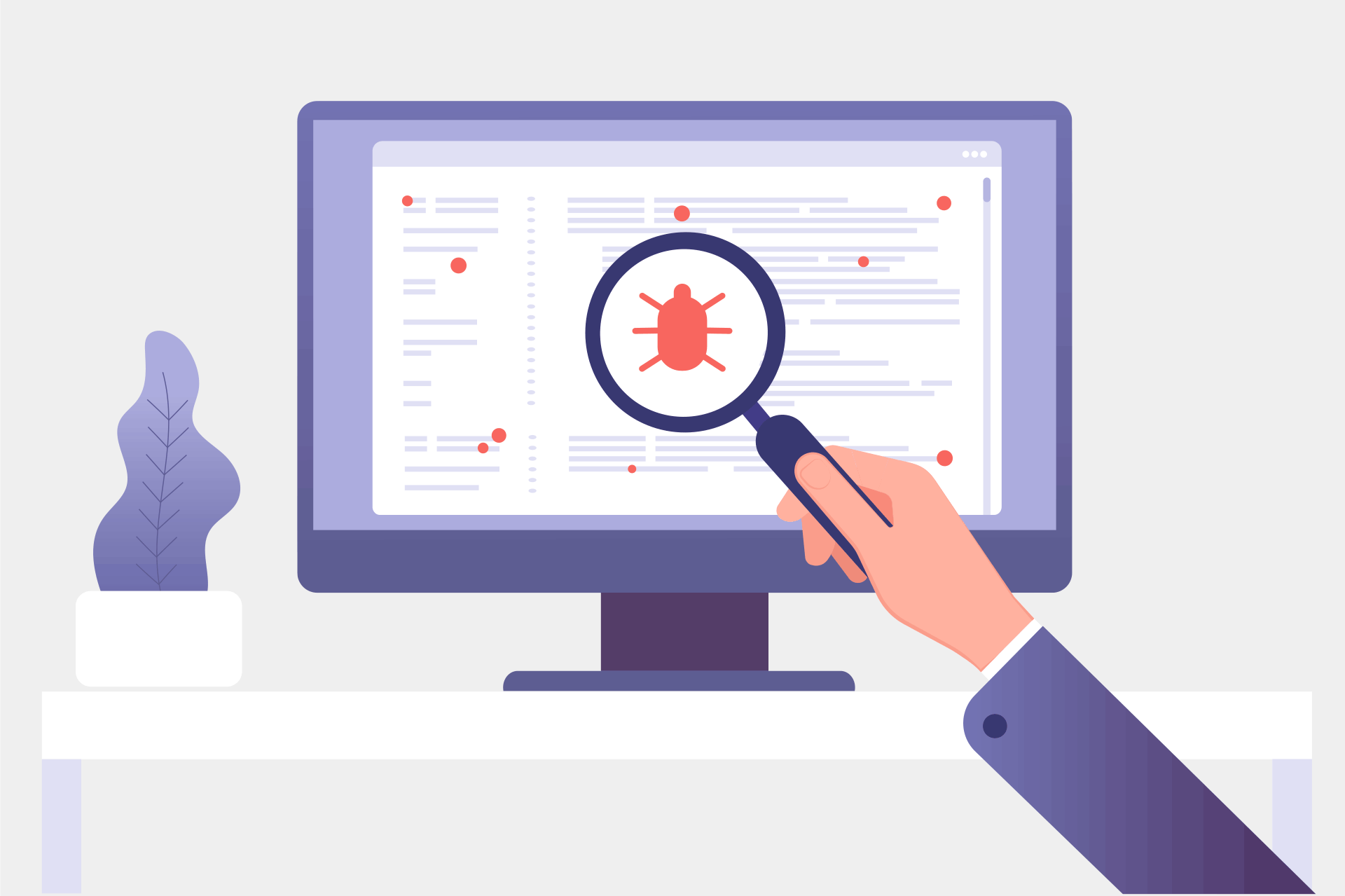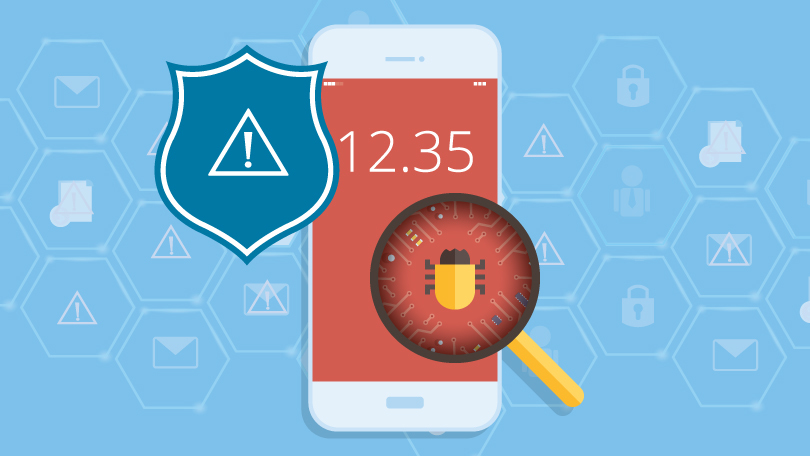Bots, or internet bots, are any software or programs that are designed to perform automated, typically repetitive tasks and operate over the internet. A significant portion of the internet traffic comes from these bots, and in fact, 25% of all internet traffic now comes from bots with malicious intent.
However, when discussing bots, it’s important to note that not all of them are bad. There are good bots owned by reputable companies like Facebook or Google that are actually beneficial for your website and business. Unfortunately, a portion of these bots are operated by cybercriminals and others with malicious intent and are utilized to gather passwords, obtain sensitive data, launch spam attacks, and much more.
With that being said, here we will discuss how bots can negatively impact your business, and how to protect it from them. Without further ado, let us begin.
How Malicious Bots Negatively Impact Your Business
1. Hindering Your Site’s Performance

Bots can perform repetitive, high amounts of requests on your website, bringing down the performance of your website and increasing its load time.
The thing is, a slower website can translate into a higher bounce rate, as well as a lower conversion rate. In severe cases, 79% of people simply wouldn’t return to a site that performed poorly for them.
Both good and bad bots can cause this slowdown, so it’s also important to manage the activities of good bots. Also, these loads created by bots can also increase your infrastructure costs like hosting and content distribution services.
2. Loss of Competitive Advantage
In some industries, your competitors might launch espionage bots to steal sensitive data that might ruin your competitive advantage.
This is especially true in eCommerce websites selling price-sensitive products like hotel booking sites or event ticketing sites. Your competitor can, for example, steal your price information before it’s published, and then undercut your price and steal your customers.
3. Content Scraping
A very common use case for malicious bots is to scrape websites for content. Malicious bots can copy a site’s unique content and publish it elsewhere, which may hinder your site’s SEO performance and create duplicate content issues. Also, it might damage your site’s reputation and your audience might think that you are the one stealing other site’s content.
4. Spam

Bots can be utilized to launch spams, for example, sending spam emails to your customers (after stealing your email list), spam your lead forms to confuse your team as it can be very difficult to differentiate real submission from spam ones and spam your blog’s comment section and social media profiles with malicious links (typically to fraudulent websites).
5. Scalping
Scalping bots are now a major threat for certain industries that sell products that are limited and in-demand like event tickets, sneakers, and even electronic products like VGAs and Playstation 5. The bot operator can then sell these products on the secondary market at a much higher price (that is sometimes unfair). This can hurt your brand in the long-run as genuine customers fail to purchase the products at a fair price.
6. Content Aggregation
This type of malicious bots illegally aggregates content so they take away potential visitors from the original website. A major threat for online portals, and can lead to massive revenue loss.
7. Vulnerability Scanning

These malicious bots are used by cybercriminals to scan websites and mobile apps to find security flaws and vulnerabilities. In turn, the cybercriminal can use this information to launch even more severe attacks like DDoS or data breach and DataDome can identify the presence of malicious bots in real-time
8. Account Takeover
Cybercriminals can use malicious bots to perform credential cracking (brute force) attacks or credential stuffing attacks to programmatically attempt to login to websites, services, and applications. This can lead to your customers losing sensitive information and even financially-related information (banking details, credit card numbers, etc.), and can impact your brand reputation.
9. Credit Card Fraud
A major threat in eCommerce websites, cybercriminals can use carding bots to automatically submit orders on your site to test credit card details. A sophisticated carding bot can test a huge number of stolen credit card details or use automatic algorithms at high speeds. This will result in heavy traffic and may slow down your experience, and can potentially lead to an increase in transaction disputes and chargeback costs while also hurting your reputation.
10. Denial of Service

Attackers can use botnets (malware-infected devices) to perform a massive number of requests to your website, overloading your server and slowing down your site’s performance. In severe cases, it will completely shut down your site or app, preventing the site from servicing the target audience.
Protecting Your Business From Malicious Bots
1. Monitor Your Traffic Regularly

An important step of stopping bots from negatively impacting your site is to first detect their presence. You can monitor your traffic with tools like Google Analytics and check for:
- A sudden and unexplained spike in pageviews
- A sudden spike in bounce rate, the percentage of users that exists on your site after visiting just one page
- A high number of account creation, sign-ups, or other conversions especially with fake email addresses
- Spike or decrease of session duration
- Requests from suspicious geographic locations
2. Investing In Bot Detection and Management Solution

The thing is, with how today’s bots are getting more sophisticated than ever before, we can no longer rely on traditional bot detection means like CAPTCHA and fingerprinting-based solutions.
There are three different methods the bot management software can use in detecting bots:
- Fingerprinting-based (static) approach: the bot management solution analyzes the ‘signatures’ of the traffic like OS version, IP address, browser types/versions, and so on while comparing them to known fingerprints of malicious bots.
- Challenge-based approach: the bot management solution presents a test that is designed to be easy for legitimate human users but very difficult/impossible to solve by bots. CAPTCHA is a very common form of this bot management approach.
- Behavioral-based (dynamic) approach: In this type of approach the bot management solution analyzes the client’s behaviors in real-time and compares them with a known baseline, for example analyzing mouse movements against real user’s mouse movements.
Due to the sophistication of today’s shopping bots, a bot management solution that is capable of behavioral-based detection is recommended.
3. Bot Management Best Practices

It’s important for your business to employ these cybersecurity best practices:
- Optimized Robots.txt: while malicious bots won’t follow directives in your robots.txt, it is still useful for managing good bots so they won’t slow down or disrupt your site/app.
- CAPTCHAs: while we’ve discussed how CAPTCHAs are quite redundant these days, they are still effective in stopping less sophisticated bots. Use CAPTCHAs strategically and sparingly.
- WAF: A cloud-based web application firewall (WAF) can help stop some bad bots according to their signatures and origins.
- Authentication control: You can require users to use long and complex passwords, as well as requiring users to use multi-factor authentication (MFA) such as an additional PIN or entering an OTP (one-time-password) sent to their phone.
Conclusion
There are various ways bots can negatively impact your business, and in fact, there are still many more ways malicious bots can affect your business’s financial performance and reputation besides the 10 we’ve discussed above.
This is why implementing a proper bot detection and mitigation service is now a necessity for all businesses in order to protect websites and applications from malicious bots and their negative impacts.







